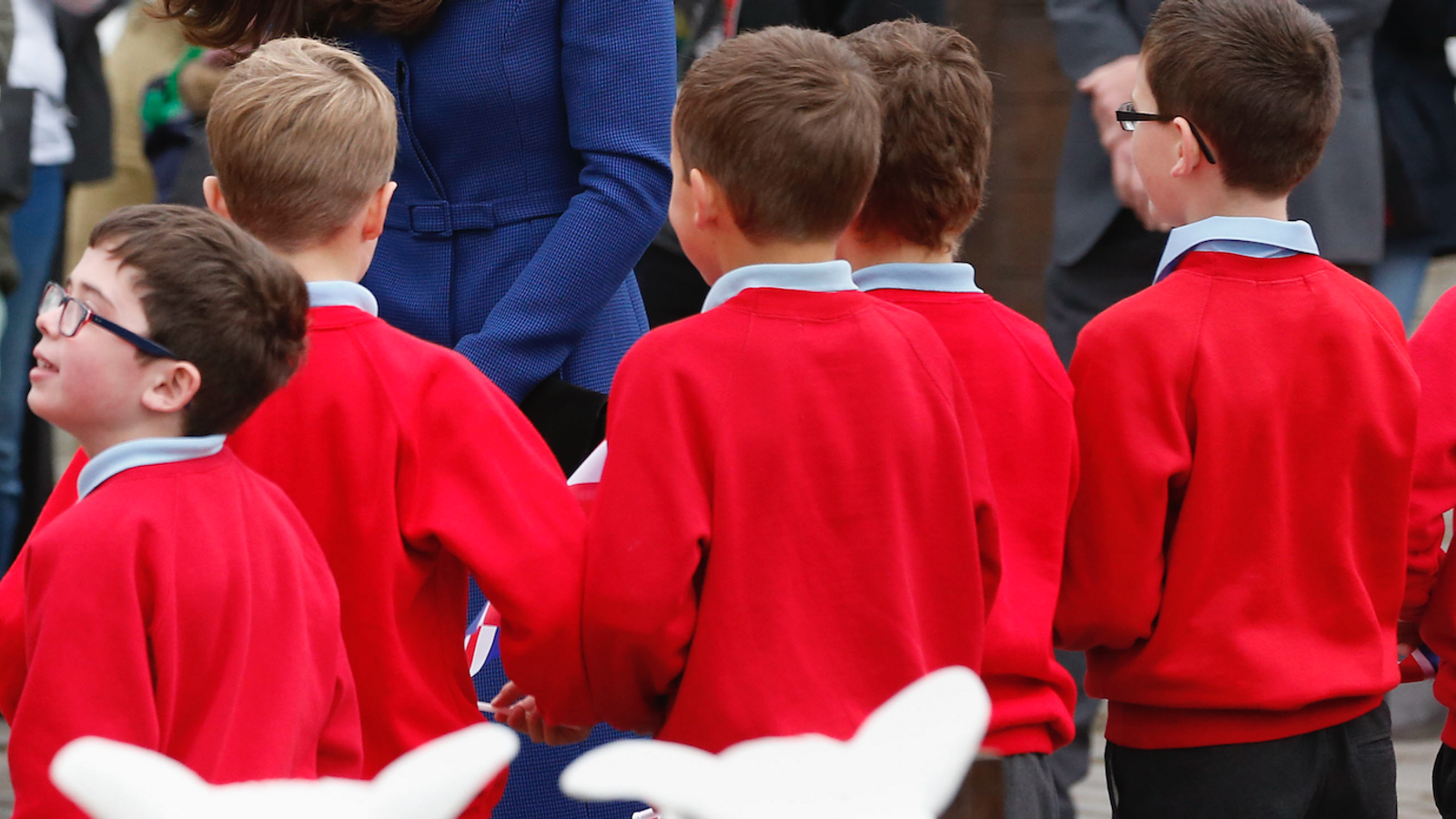Nine schools have begun taking payments from children for lunch by using facial recognition software to automatically identify each student.
The system, which the schools in North Ayrshire claim will speed up queues and reduce the COVID-19 risks of card payments and fingerprint scanners, is being launched today.
But some parents and campaigners warn that it normalises exposing children to biometric surveillance, and complained they weren’t confident the students were adequately informed about the privacy risks.
“It’s the fastest way of recognising someone at the till,” David Swanston, the managing director of CRB Cunninghams – the company that provided the system – told the Financial Times newspaper.
“In a secondary school you have about a 25-minute period to serve potentially 1,000 pupils. So we need fast throughput at the point of sale,” he added, telling the newspaper the average transaction time using the system was five seconds per pupil.
According to North Ayrshire council, 97% of children or their parents had consented to the use of facial recognition in schools.
The Department for Education says it does not monitor the use of the technology by schools.
UK space missions to launch from 2022 as rocket company Skyrora and SaxaVord Spaceport secure landmark deal
Scotland: Taliban supporter who rents farm close to UK’s nuclear submarine base asked to leave
Scotland: Police alerted to ‘suspicious activity’ on Taliban supporter’s farm near nuclear navy submarine base
Similar uses in American schools have led to states such as New York temporarily banning the technology.
Fraser Sampson, the Biometrics Commissioner for England and Wales – whose predecessors have complained that facial recognition technology is not covered under the same laws as DNA and fingerprints – said if there is a less intrusive way for children to pay for their lunches, then it should be used.
The use of live facial recognition systems for policing stretches back to 2015, when Leicestershire Police trialled a system in the queues to enter Download Festival at Donnington Park.
Non-live versions used for mugshot matching and for authenticating people to log-in to their mobile phones introduce fewer privacy concerns as there is more control over whose face is being matched.
Campaigners are concerned that the technology exposes people in crowds to potential arrest without reasonable cause.
Despite the outcry following this event – that the technology was not regulated on an equal footing to other biometrics, such as fingerprints and DNA, despite potentially being even more invasive – no legislation has been introduced putting it on an equal statutory footing.
The system is today used in a range of environments where there is a desire to identify individuals in a crowd, from E-Gates at airports through to Notting Hill Carnival.
An independent study commissioned by the Metropolitan Police found that the system is 81% inaccurate.
Silkie Carlo, the head of Big Brother Watch, said: “It’s normalising biometric identity check for something that is mundane. You don’t need to resort to airport-style [technology] for children getting their lunch.”






















